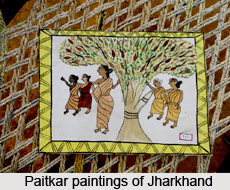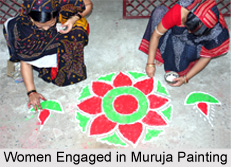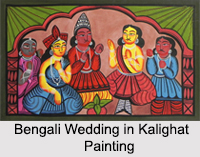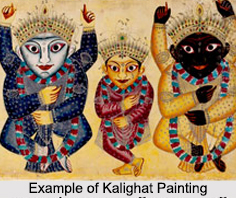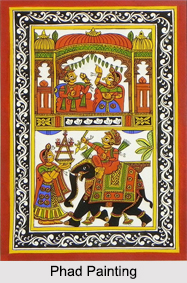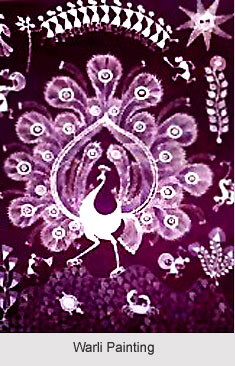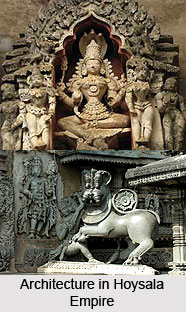 The Hoysala dynasty ruled in ancient Karnataka area from the 11th to the13th centuries A.D. They constructed many beautiful temples in South India, which reflected a unique style of architecture and sculpture of them. They are still remembered for that unique feature of their art and architecture.
The Hoysala dynasty ruled in ancient Karnataka area from the 11th to the13th centuries A.D. They constructed many beautiful temples in South India, which reflected a unique style of architecture and sculpture of them. They are still remembered for that unique feature of their art and architecture.
During, the rule of the Hoysala dynasty the art of painting also reached great heights. Murals of their time cannot be seen in the temples but samples of Hoysala paintings are available in the painted palm leaf manuscripts, which they have left behind. These can be seen now at Moodhidri, a Jaina pontifical seat in Karnataka. These Hoysala paintings can be seen on very large sized palm leaves, which are now well preserved in the Moodhidri library. They are actually illustrated manuscripts and therefore contain not only paintings but also the writing of the Hoysala period. A comparative study of the writings found on these palm leaves with the inscriptions of the Hoysalas discloses that the former belong to the time of the great Hoysala ruler Vishnuvardhana and his wife, Shantala Devi who was a follower of Jainism.
One of these manuscripts painting of Hoysala dynasty is the commentary of Virasena known as Dharala. It can be traced back to the 1113 A.D. and the Yakshi Kali is seen here with her vehicle the bull and standing close by are a few royal devotees, probably the ruler, his queen and the prince, all depicted with great beauty and delicacy. The other remarkable figures in these paintings include the figures of Mahavira, in both the standing and seated postures and also one of the Parshvanatha with snake hoods above his head and sitting on a lion throne. These manuscript paintings found in this library include the `Yakshini Ambika`, who is well represented in all of Jaina art. In one of these manuscripts here, she is shown under a mango tree with her two children and the lion. One of her children is shown riding on the lion while the other is standing close to his mother.
The quality of these Hoysala paintings is really outstanding and the writings found on these manuscripts are also noteworthy. The letters are painted in a flowery style and tell volumes of the skill and patience of these dedicated artists. The manuscripts are embroidered with beautiful borders, which too have been executed with deftness and sublime beauty.
